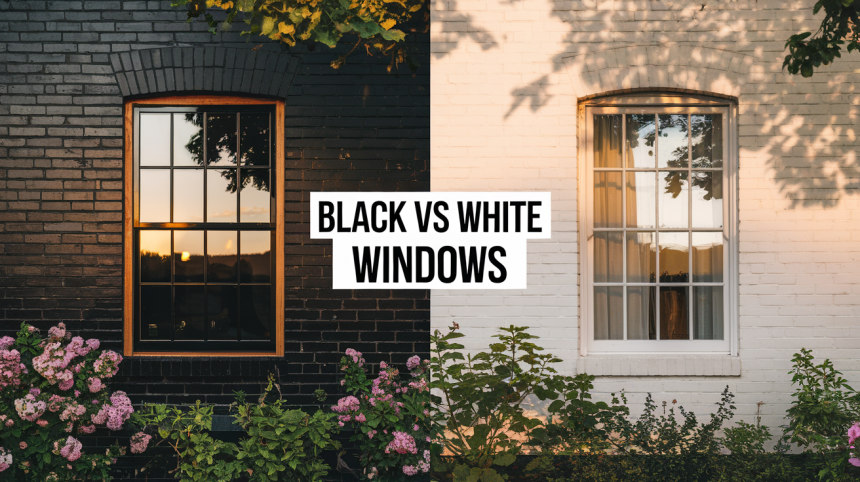Are black windows worth the extra cost? Will white windows make your home look outdated? How do you choose the right color for your climate?
The black versus white window debate continues to puzzle homeowners planning renovations or new builds. These contrasting options create distinctly different visual impacts that transform your home’s character inside and out.
Many property owners find themselves torn between the contemporary statement of black frames and the classic versatility of white ones.
This decision extends beyond simple color preference—it influences your home’s visual appeal, potential resale value, maintenance needs, and even energy performance.
Let’s examine both options to help you make the right choice for your specific home and situation.
Black Windows vs White Windows: Key Differences
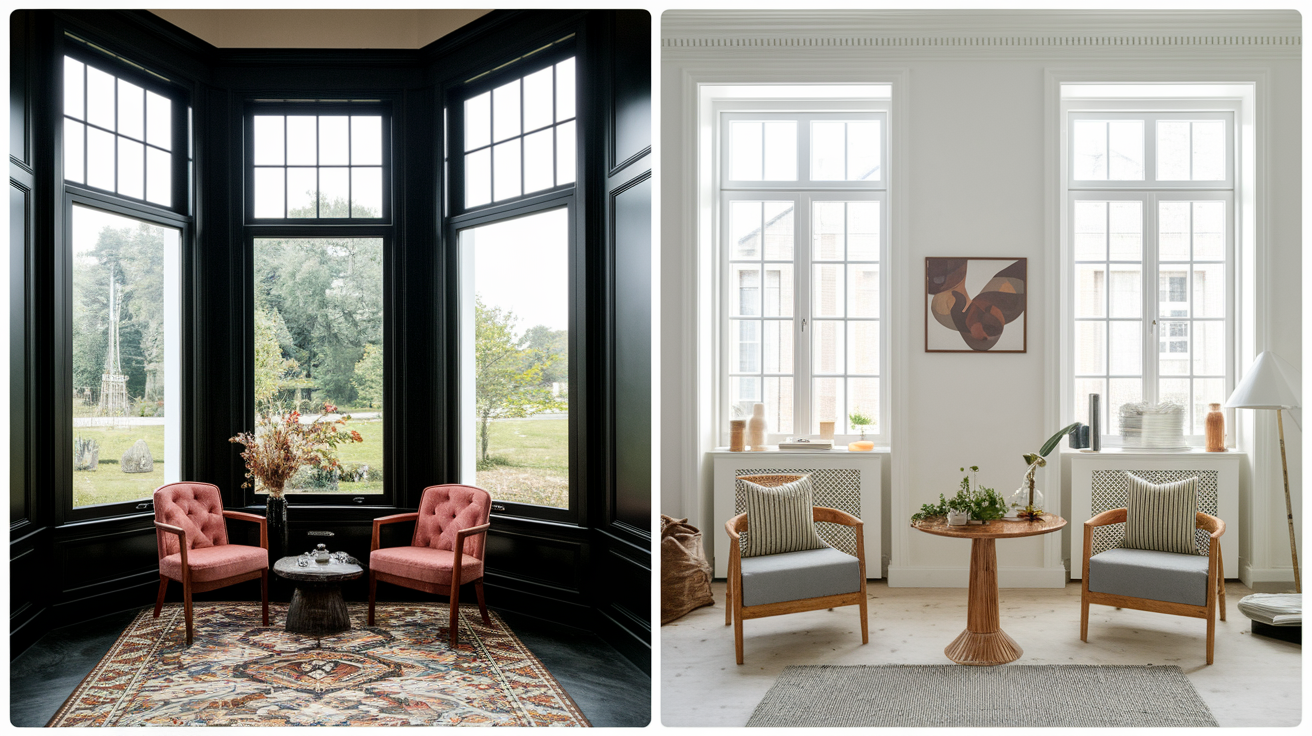
When comparing these two popular options, several fundamental distinctions become apparent. Understanding these differences will help guide your decision process.
Visual Impact: Black windows create strong, defined lines that draw attention, while white windows blend more harmoniously with surrounding elements.
Style Compatibility: Black frames complement contemporary, industrial, and farmhouse designs particularly well. White frames work with virtually any architectural style, from traditional to transitional.
Financial Consideration: Black windows typically command a 10-20% premium over white alternatives, reflecting their current popularity and specialized manufacturing processes.
Material Options: Both colors are available in various materials, though certain manufacturers may offer more extensive selections in white.
These differences form the foundation for making your window color selection based on your specific needs and preferences.
Pros and Cons of Black Windows

Let’s examine what makes black windows an attractive option for many homeowners, along with the potential drawbacks to consider before making your decision.
| Pros | Cons |
|---|---|
| Create a striking, sharp look that defines spaces clearly | Absorb more heat, potentially affecting energy efficiency in warm regions |
| Enhance the contrast between indoor and outdoor views | Come with a higher price tag than their white counterparts |
| Pair exceptionally well with modern and industrial home designs | Show dust, fingerprints, and water spots more visibly |
| Can make glass areas appear larger due to the framing effect | May be less widely available from all manufacturers |
Weighing these factors against your specific home requirements will help determine if black windows are the right investment for your property.
Pros and Cons of White Windows
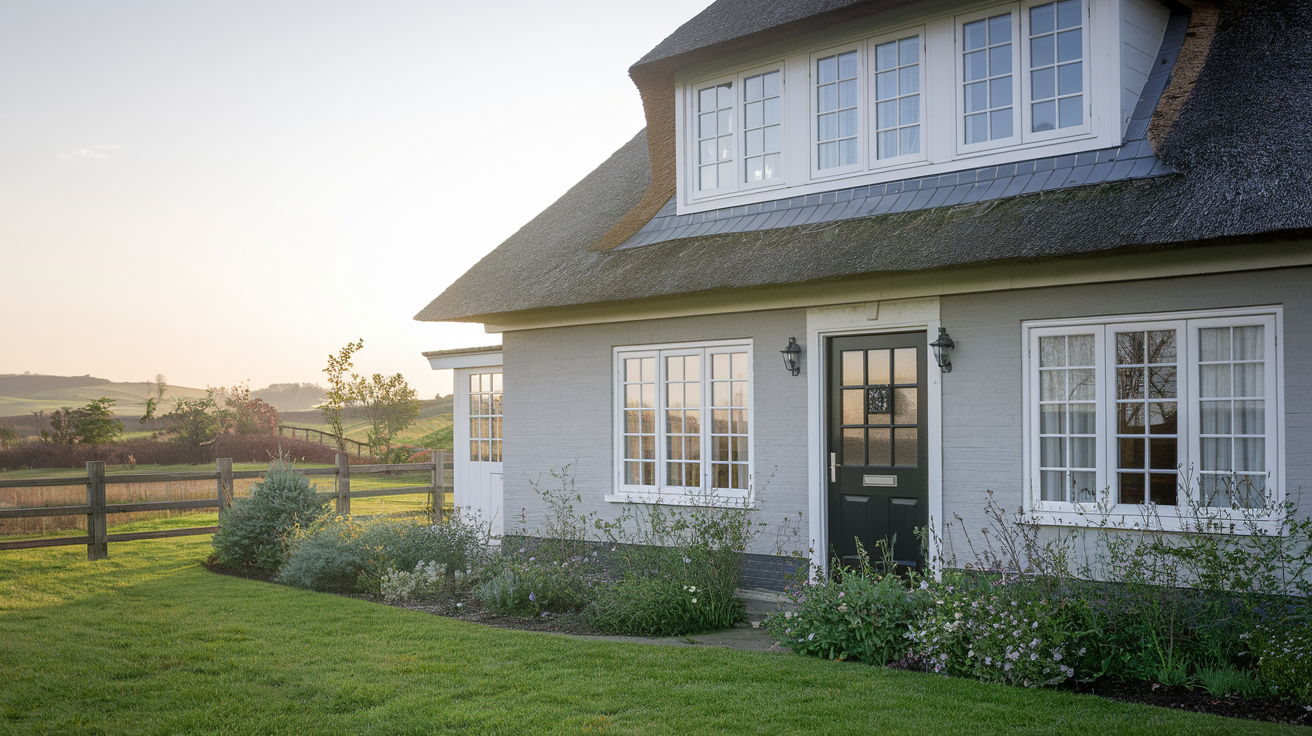
White windows have remained a popular choice for decades, and for good reason. Here’s what you should know about their advantages and limitations.
| Pros | Cons |
|---|---|
| Offer a clean, versatile look that complements most architectural styles | May lack the visual impact of darker frames |
| Generally cost less than black alternatives | Can develop yellowing or discoloration with age, particularly with vinyl options |
| Reflect heat, potentially improving cooling efficiency in sunny climates | Might appear conventional in highly contemporary designs |
| Provide numerous options across all price points and materials | Show dirt differently—less dust appears, but grime can be more noticeable over time |
Consider these points in relation to your home’s style, your maintenance preferences, and the climate in your region.
Practical Considerations of Black & White Windows
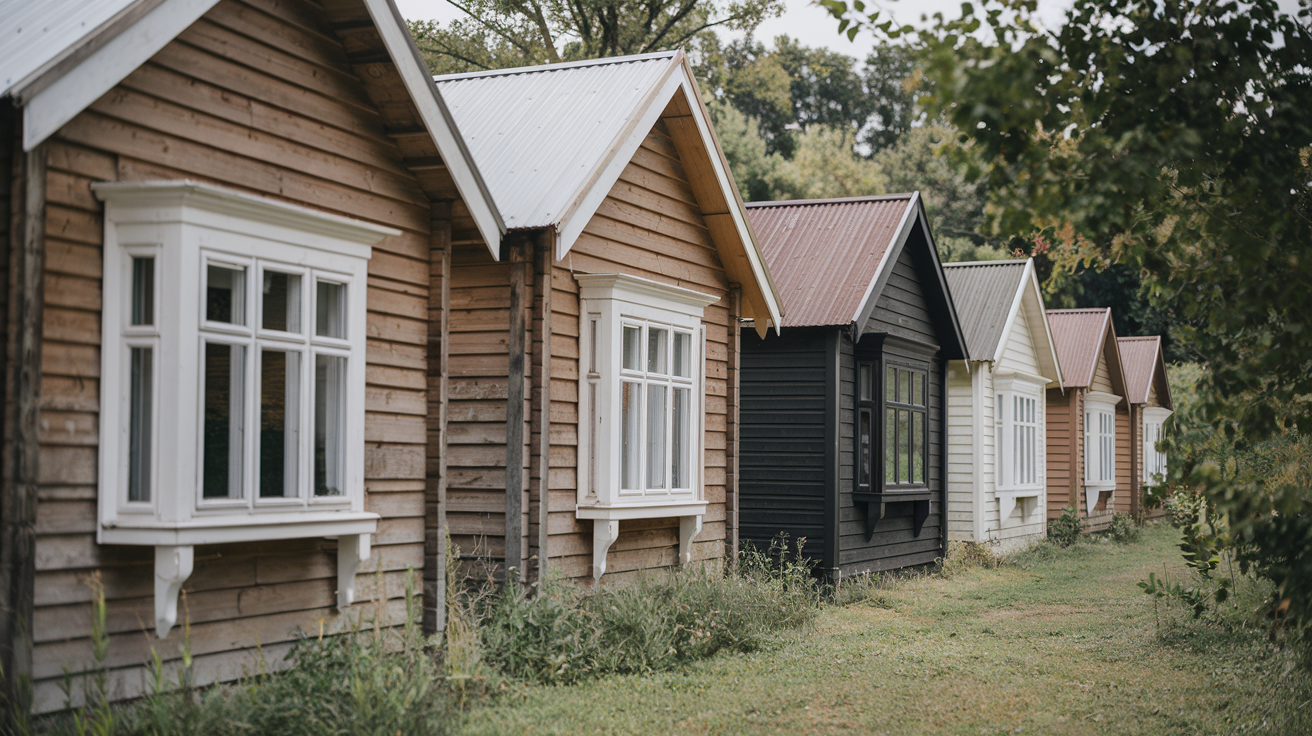
When choosing between black and white windows, several practical factors beyond looks will affect your long-term satisfaction, including durability, energy performance, cost, and environmental impact.
Durability and Maintenance Comparison
The durability and maintenance of black and white windows vary based on cleaning needs, weather resistance, and material longevity. Here’s how:
| Category | Black Windows | White Windows |
|---|---|---|
| Cleaning Requirements | Show dust and fingerprints more clearly, requiring more frequent cleaning | Hide dust better but may show streaking and watermarks more prominently |
| Weather Resistance | May fade slightly over long periods due to UV exposure; absorb more heat, causing expansion and contraction | May yellow slightly over time with UV exposure but experience less thermal expansion |
| Material Considerations |
Vinyl: Available, but may fade faster; Aluminum: Excellent with powder coating; Fiberglass/Composite: Highly stable; Wood: Requires frequent repainting |
Vinyl: Maintains color longer; Aluminum: Performs well in white; Fiberglass/Composite: Highly stable; Wood: Requires frequent repainting |
| Overall Durability | Heat absorption can accelerate wear in some materials, making quality a key factor | Less affected by heat but still requires material quality consideration |
Temperature and Climate Impact
Your window color affects your home’s comfort levels and energy bills more than you might expect.
-
Black Windows: Absorb more solar heat, raising indoor temperatures—beneficial in cold climates but problematic in hot regions. Increased heat absorption may accelerate material expansion and contraction.
-
White Windows: Reflect more heat, keeping interiors cooler—ideal for warm climates. Reduced thermal expansion leads to better long-term stability.
Cost and Value Considerations
Window color choices impact both your wallet and home value. Here’s what you need to know:
-
Initial Cost: Black windows cost 10-20% more due to specialized finishes and higher demand, adding thousands to a whole-house project.
-
Long-Term Value: Factor in energy efficiency, maintenance, warranties, and part availability for overall investment.
-
Resale Impact: Both colors add value when they complement architecture, meet market trends, and are well-maintained. Preferences vary by location.
Choosing between black and white windows goes beyond aesthetics, impacting durability, energy efficiency, and cost. The best option depends on your climate, maintenance preferences, and long-term investment goals.
Final Verdict: Which Should You Choose?
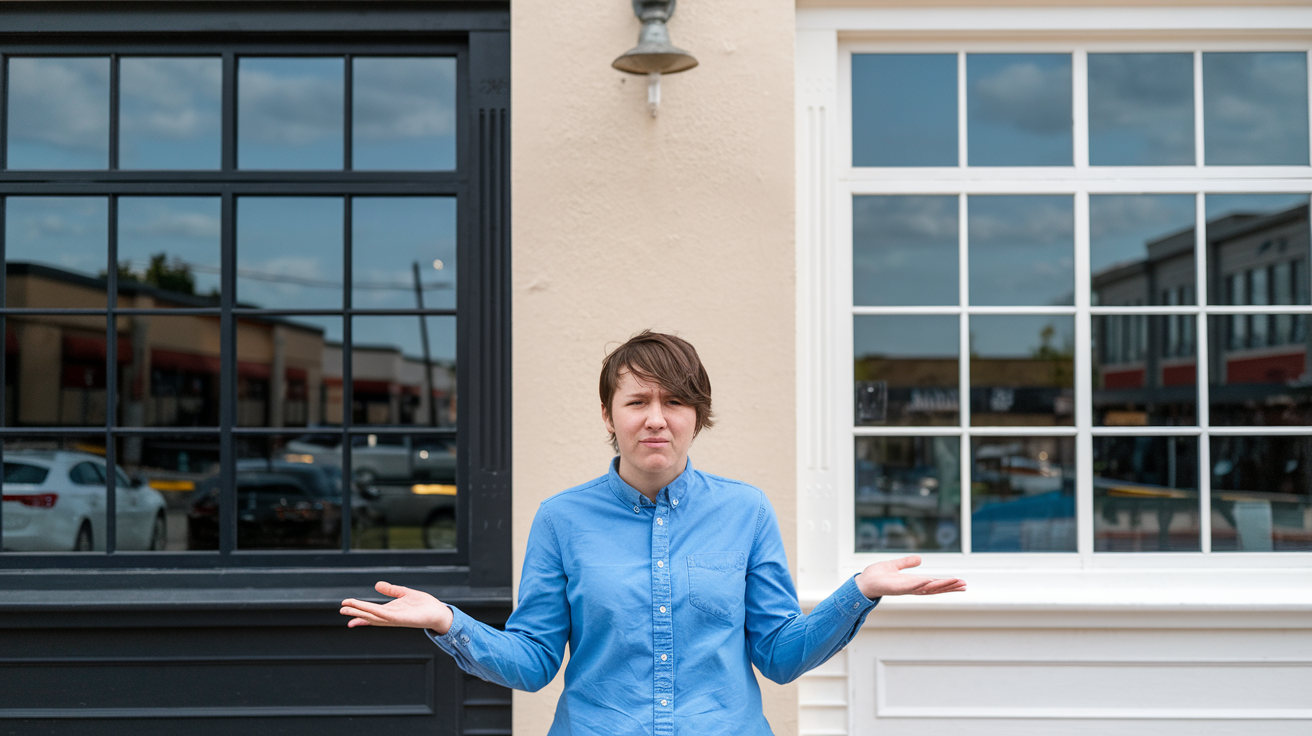
After considering all the factors, here’s a straightforward guide to help with your final decision. The right choice balances practical considerations with your personal taste.
Choose Black Windows If:
- You prefer a contemporary, distinctive look
- Your home has modern or industrial architectural elements
- You don’t mind slightly higher upfront costs
- You’re willing to clean them more frequently to maintain their appearance
Choose White Windows If:
- You value versatility and timeless appeal
- Your home features traditional architecture
- Budget-consciousness is a priority
- You live in an exceptionally sunny climate
Remember that this decision isn’t purely functional—it significantly impacts your daily visual experience. Select the option that brings you joy when you look at your home, both inside and out.
For those still uncertain, consider these approaches:
- Request sample frames to view against your home’s exterior
- Look at homes similar to yours with both options
- Consider a mixed approach—black windows on focal points with white windows elsewhere
The most important factor is choosing a window color that you’ll be satisfied with for years to come.
Choosing with Confidence: Your Window Color Decision
Ultimately, both black and white windows can enhance your home when matched thoughtfully with your architecture, climate, and personal style.
Your choice should balance current trends with lasting appeal, considering how the windows will look five, ten, or twenty years from now.
Focus on quality materials and professional installation regardless of color—these factors impact performance far more than the frame color itself.
Consider requesting samples to view against your home’s exterior before making your final decision. For truly personalized guidance, consult a window specialist who can assess your specific circumstances and preferences.
After all, the right windows should provide both visual satisfaction and functional performance each day for years to come. What color would you choose for your home?

